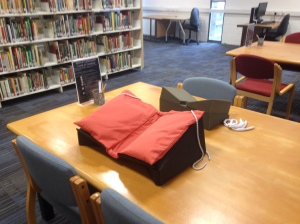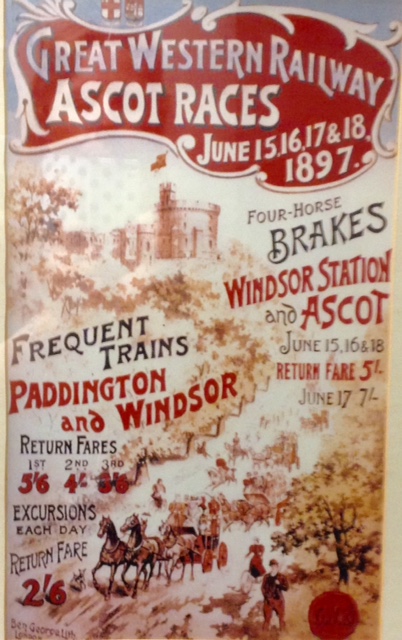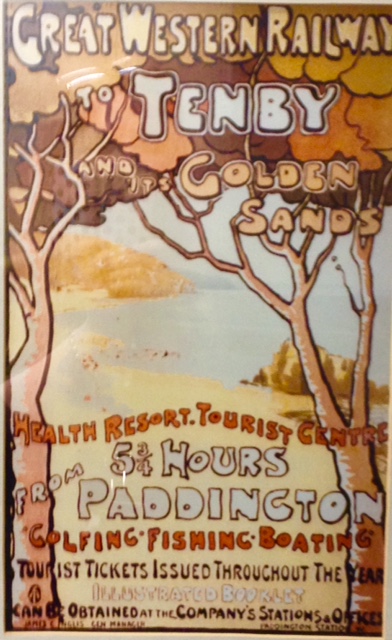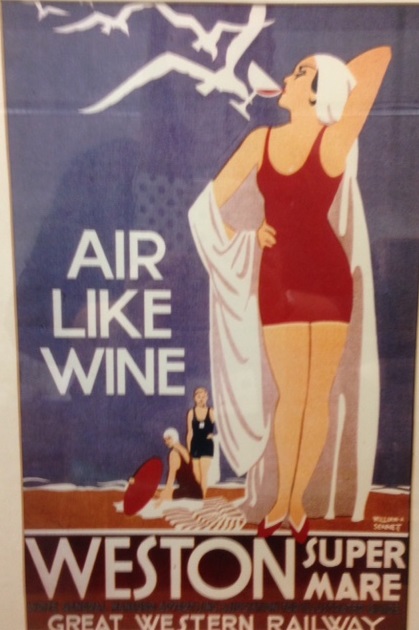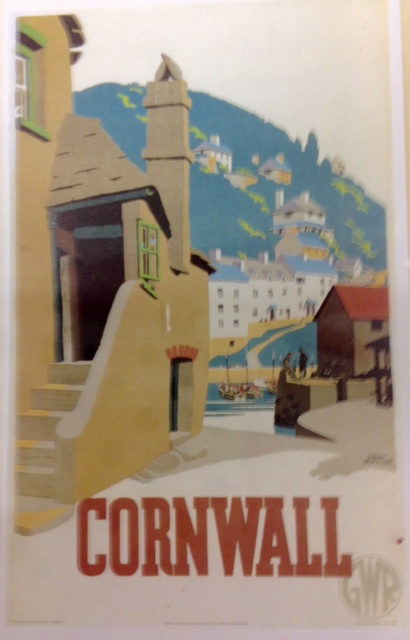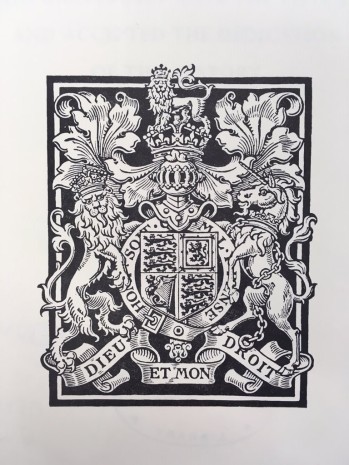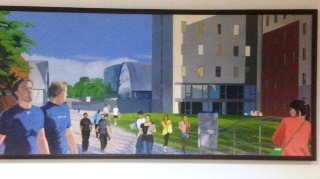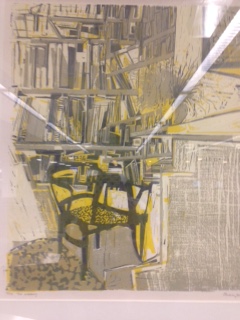As a full-time MA Library and Information Studies student at UCL, I was assigned a work placement through our professional development module. I was so delighted to get started at Brunel University London, as I had requested special collections or academic library experience, and my perceptive course faculty found me the perfect place to do both.
The plan was to set me up three days a week with Katie Flanagan, the Special Collections Librarian, in Brunel Library Special Collections and two days a week with Joanne McPhie, the Academic Liaison Librarian for the Department of Life Sciences, who would introduce me to everyone in the main part of the library and show me the inner workings of the academic side of things. On my first day I felt so welcomed by everyone and that feeling continued for the entire two (and a bit) weeks.
That first week consisted of a lot of academic library experiences that were completely new to me. I was lucky enough to shadow people who had all kinds of roles that I had heard of but hadn’t seen in action before. I was so grateful for everyone to take time out of their day to talk me through all the different aspects of their jobs. I got a crash course on cataloguing with Symphony and the chance to see how the system is managed. I also got exposed to Scholarly Communications, which really opened my eyes to the sheer amount of time needed to keep the university repository, Open Access publishing, and REF compliance up and running. The Academic Liaison Librarians were another wonderful team I spent a lot of time with. I got to shadow teaching sessions, which were helpful as a librarian who may be in their shoes one day, and as an MA student myself! I also got to sit and talk through managing reading lists, book orders, and collection management. I even got to sit in on a vendor meeting and a few staff meetings, and that gave me a lot of insight into the day-to-day reality of the job.
On the second week, I got the chance to dive into Special Collections. I had a bit of experience in a similar collection before, but it was so nice to get another chance to work hands-on with special collections. Katie was great and guided me on rare books cataloguing and showed me some excellent resources. Their Burnett Archive of Working Class Autobiographies is amazing, and it was a lot of fun researching the blog post I wrote for International Nurses’ Day. It was a privilege to catalogue some of the published works in the collection as well. As the week went on, I got more confident cataloguing rare books and got some really great career advice from Katie and Joanne.
Katie and Alison, my placement co-ordinator, agreed I would come back for three days later in the month. In that time, I got more cataloguing under my belt and had some very interesting discussions on the in-and-outs of running a Special Collections library solo. After finishing up my final three days, I am so pleased with how much I learnt at Brunel University London. I am truly grateful for all the help and support from the lovely staff. It was such a wonderful experience and I am very sad to be going!
A huge thank you to everyone!
Posted on behalf of Anne Carey, UCL Library and Information Studies MA student





